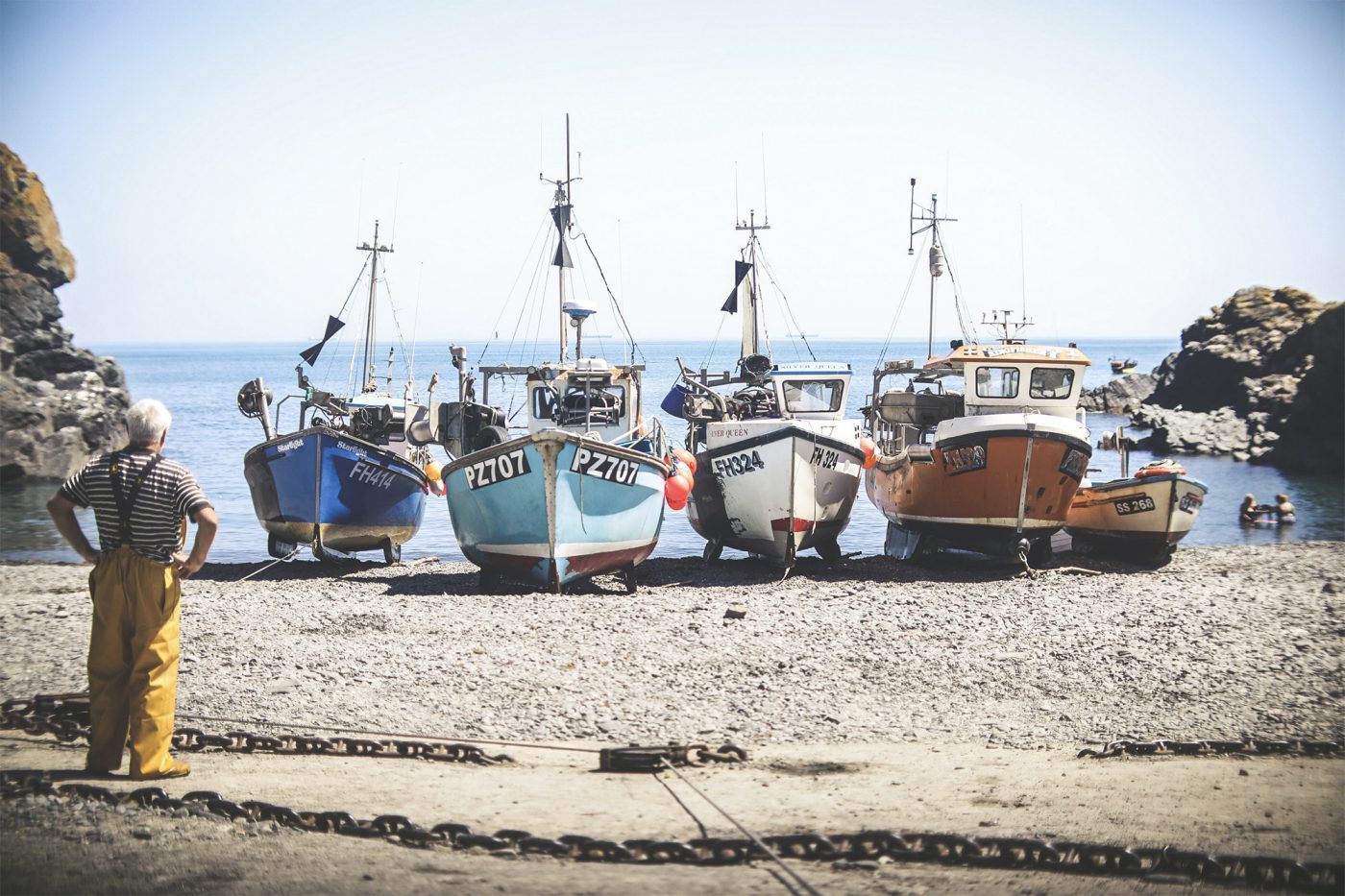12 June 2014
A meeting in Dublin recently attended by the NFFO saw progress on a project at the cutting edge of fisheries/science collaboration. The Damara Project aims to provide fisheries stakeholders with a tool that will enable them to test various management options before they are adopted. This is particularly important in the complex and mixed fisheries like those in the Celtic Sea, where a management decision for one species, or fleet, can have consequences for another part of the fishery. The aim is to provide those in the fishery with a better understanding of the consequences of various potential management measures. Decisions made with the aid of this support tool will allow a better awarenesses of the advantages and disadvantages, and the necessary trade-offs to be made.
Novel Approach
What is particularly novel
about this project is that it puts fisheries stakeholders in the driving seat right
from the outset – in defining the kind of scientific underpinning such
decisions will require. The project builds on work already undertaken by the
North West Waters Advisory Council in preparing objectives for the mixed
fisheries in ICES areas VIIf and g of the Celtic Sea.
The Dublin meeting:
- Agreed the
project’s core principles - Agreed the key questions
that it would address - Discussed the kind
of technical modelling that it would require - Agreed a timetable for the project to work to.
The project will evolve
through an iterative process. A prototype will be developed that will then be
discussed and tested, with adjustments where there are shortcomings. The
problems associated with single species management plans (famously, the
discredited EU Cod Management Plan) are well known and there is an intense search
for ways to put management plans for demersal stocks on a mixed fishery basis.
The Damara project, if successful will
offer a practical tool to allow fisheries stakeholders to define the shape of
their own plan. Although the focus is on the Celtic Sea, the approach and the
model will potentially be of relevance to the development of long term
management plans for many other fisheries.
Challenges
The Damara project will not be without its challenges. These include the
impact of the EU landings obligation which is likely to alter fishing behaviours
and render assumptions based on past patterns redundant. Equally, there are
important data deficiencies to be addressed. Nevertheless, providing a baseline
understanding of the current situation will inform future management options
and put stakeholders in a much stronger position than they would otherwise be.
At present fisheries
administrators in the member states are preoccupied with developing discard
plans. But it is intended to keep relevant member states fully advised about the
project as it develops and at an appropriate juncture to invite their
involvement in discussions. The project is strongly predicated on a regionalseas approach to fisheries management and bottom-up initiatives.
Next Steps
The modellers involved in the
project will now prepare the first version of their decision support tool,
which will be the subject of scrutiny and discussion at the next meeting, in
October.

